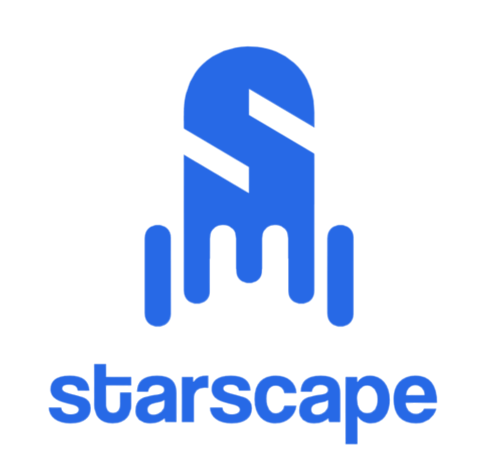Cold emailing remains one of the most effective methods for reaching decision-makers in business, especially when selling high-ticket B2B products or services.
Yet, many fail because they approach it with outdated, ineffective strategies. Here’s how to stand out and turn cold emails into meaningful conversations that lead to sales.
1. Shift Your Mindset: From Selling to Helping
The first step to succeeding with cold email is to rethink your approach. Instead of asking, “How can I sell my product or service?” ask, “How can I provide immediate value to this person?” This mindset shift is crucial because your recipients aren’t waking up eager to read about you—they’re focused on solving their own problems.
Key takeaway: Make the email about them, not you.
2. Keep It Short, Relevant, and Personal
Walls of text detailing your company’s history and achievements won’t capture anyone’s attention. Instead, structure your email to be concise, personalized, and directly relevant to the recipient’s needs.
Here’s a simple framework:
- Personalized Greeting: Use their name and mention something unique about them, such as a recent accomplishment or an interesting fact from their LinkedIn profile.
- Value Proposition: Offer something genuinely helpful, such as a tailored insight, a free resource, or a quick win related to their business.
- Call-to-Action (CTA): End with a single, clear next step, like asking permission to share a resource or asking a quick question.
Example Email:
Hi [Name],
I noticed you’re juggling multiple roles at [Company Name]. Impressive!
I put together a short guide on how [specific solution] could help you [specific benefit, e.g., increase customer retention by 20%].
Can I send it over?
Best,
[Your Name]
3. Lead with Value
Your “freebie” or initial offering must be valuable enough to capture attention and spark interest. This could be a case study, a quick audit, or actionable advice tailored to their business. Share enough of your “secret sauce” to demonstrate expertise while leaving them wanting more.
Why this works: Many recipients will realize they lack the time or resources to implement your suggestions themselves, making them more likely to reach out for your help.
4. Master the Follow-Up
Most people won’t respond to your first email, even if they’re interested. A thoughtful follow-up can make all the difference. Reference your initial email, reiterate the value, and ask a simple, open-ended question to keep the conversation going.
Example Follow-Up:
Hi [Name],
Just checking in—did you have a chance to review the guide I sent over?
Quick question: Are you currently doing anything similar to [specific solution] in your business?
Best,
[Your Name]
5. Focus on Listening Over Pitching
When you get a response, resist the urge to launch into a sales pitch. Instead, ask intelligent questions to understand their challenges and goals. Show genuine interest in their business and let the conversation flow naturally.
Pro Tip: The more your prospect feels heard, the easier it will be to transition to a call or meeting.
6. Optimize Your Subject Lines
Your email won’t matter if it’s never opened. Craft subject lines that are short, intriguing, and personalized. Avoid clickbait or overly corporate language. Examples include:
- “Quick idea for [Company Name]”
- “Thoughts on [specific challenge]”
- “A way to [achieve specific goal]”
7. Test, Learn, and Iterate
Cold emailing is not a one-size-fits-all process. Continuously test different subject lines, email structures, and CTAs to see what resonates with your audience. Track metrics like open rates, reply rates, and conversions to refine your approach.
Benchmark Metrics:
- Average cold email reply rate: 2-6%
- Effective campaigns: 14-18% reply rate
8. Embrace Authenticity and Humor
People respond to genuine, human connections. Don’t be afraid to inject a bit of personality or humor into your emails when appropriate. This can make your message stand out in a sea of dry, formulaic outreach.
9. Stay Resilient
Cold emailing isn’t without its challenges. You’ll encounter rejections, silence, and even the occasional rude reply. Stay focused on your goals, and remember that persistence pays off.
10. Cold Email is a Conversation Starter, Not a Sales Pitch
Your goal isn’t to close a deal with a single email—it’s to start a conversation. Approach cold emailing as the first step in building a relationship, and success will follow.
By adopting these strategies, you can turn cold email into a powerful tool for generating leads, booking meetings, and closing high-ticket sales. Success lies in understanding your audience, providing genuine value, and treating your recipients like people, not prospects.

